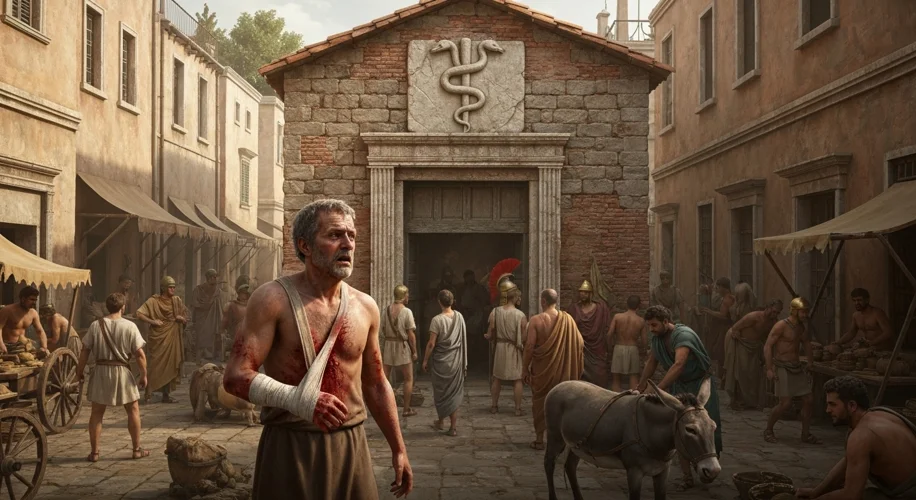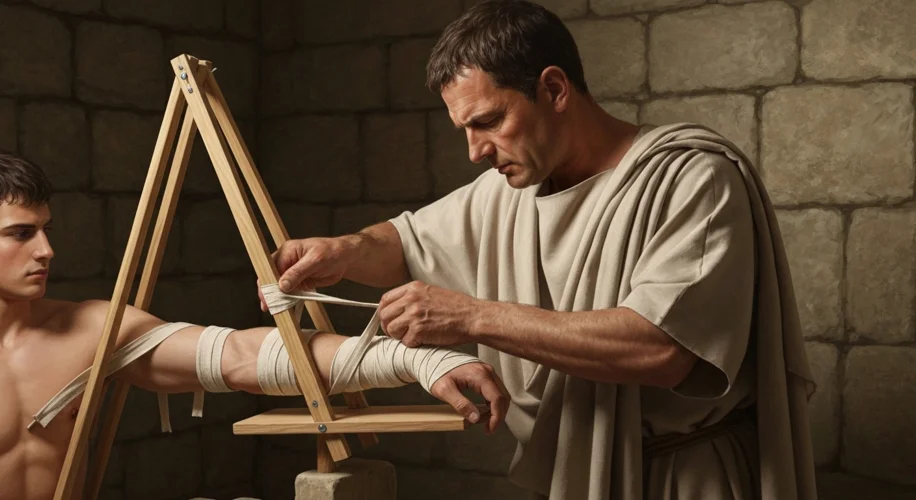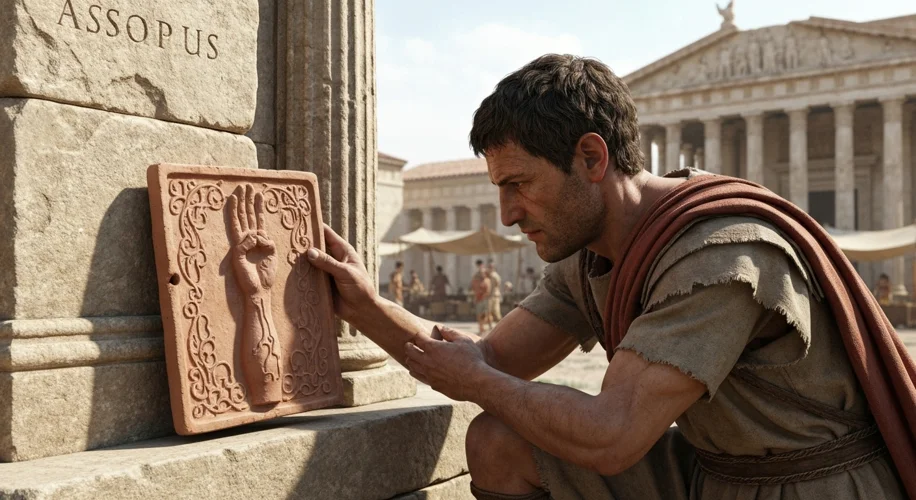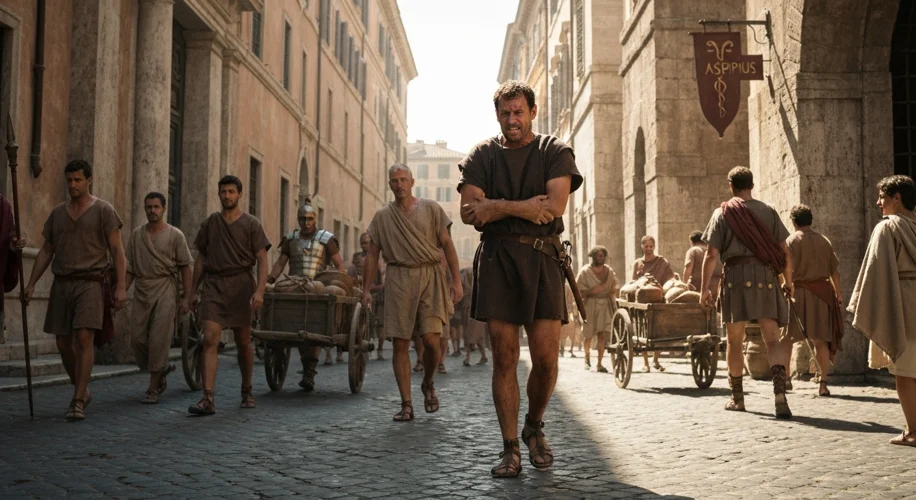The midday sun beat down on the bustling Forum, its heat radiating off the stone paving. Marcus, a young artisan known for his skill with bronze, winced as he clutched his left arm. It had happened just hours ago, a careless slip while climbing scaffolding to repair a client’s aqueduct pipe. The sickening crack, followed by a searing pain, was unmistakable. A broken arm.
In the vast, sprawling metropolis of Rome, circa the 1st century CE, a serious injury like this was not merely an inconvenience; it was a potential harbinger of long-term disability or worse. The concept of modern sterile operating rooms and diagnostic imaging was centuries away. Yet, Romans possessed a surprisingly sophisticated, albeit different, approach to health and healing.
Marcus’s immediate concern was finding help. His first thought would likely be a medicus, a doctor. These medical practitioners varied widely in their training and social standing. Some were highly educated Greeks, brought to Rome as slaves or freedmen, who served the elite. Others were Roman citizens who had apprenticed with experienced physicians or even served in the military as healers.

Where would Marcus find such a medicus? His options depended on his social class and the severity of his ailment. For the average citizen, especially in a densely populated city like Rome, the most accessible route would be to seek out a publicly recognized physician. These doctors often had their practices in shops or dedicated rooms along busy streets, their presence sometimes indicated by signs – perhaps a mortar and pestle or, more symbolically, the staff of Asclepius, the god of healing.
If Marcus were a soldier, his path would be clearer: the military hospitals, or valetudinaria, offered trained medical personnel. These institutions, often surprisingly well-equipped for their time, treated soldiers injured in the numerous campaigns that expanded Rome’s dominion. However, for a civilian, the path was less regimented.
Marcus might first try a physician who specialized in trauma, as a broken bone would certainly fall into this category. These doctors were known for their skills in setting bones, using splints made from wood or reeds, and bandaging the limb securely. They might also employ poultices made from herbs and minerals to aid in healing and reduce inflammation.
The process of seeking care wouldn’t be a quick appointment. Marcus would likely have to wait his turn, perhaps in a small waiting area or even on the street outside the medicus’s rooms. The consultation would involve a physical examination – the doctor probing the injury, assessing the swelling and deformity. There would be questions about how the injury occurred and any immediate symptoms.
Once the diagnosis was made, the treatment would commence. For Marcus’s broken arm, the medicus would first try to reduce the fracture, carefully aligning the broken ends of the bone. This would be a painful process, often requiring assistance from an attendant or even a strong bystander. Once aligned, the arm would be immobilized. This could involve splinting with materials like linen bandages, padded wood, or even stiffened leather.

The medicus might also prescribe dietary advice and recommend rest. Certain foods were believed to promote bone healing, while others were thought to hinder it. Cleanliness, though not understood in the germ theory sense, was still valued. Physicians would likely try to keep wounds clean and change bandages regularly.
For more severe cases, or if the initial treatment wasn’t successful, Marcus might be advised to try other remedies or even seek out a surgeon, a coeleb, who specialized in more invasive procedures like lancing abscesses, amputations, or even trepanation (drilling into the skull). However, for a simple fracture, a skilled medicus would likely suffice.
The cost of this care would also be a factor. While some public physicians might offer basic services for free or at a low cost, specialized treatment or consultations with renowned doctors could be quite expensive. Marcus, as an artisan, likely had some disposable income, but a prolonged illness or a botched treatment could quickly drain his resources.
Beyond the trained physicians, there was also the realm of folk medicine and superstition. Many Romans would also turn to prayers, amulets, or offerings to the gods, particularly to Asclepius and his daughters, Hygieia (goddess of health) and Panacea (goddess of universal remedy). A visit to a temple of Asclepius might be considered, where healing rituals were performed.

Ultimately, Marcus’s broken arm would likely heal, albeit perhaps with a slight deformity or a longer recovery period than we might expect today. His experience would have been a blend of practical medical skill, social navigation, and a touch of faith in the divine. It was a stark reminder that even in the heart of a mighty empire, the human body remained a fragile vessel, and the pursuit of health was a constant, often arduous, endeavor.
Categories
- Ancient History
- Roman Life
- Medicine
Tags
- Ancient Rome
- Roman Healthcare
- Broken Arm
- Roman Doctor

